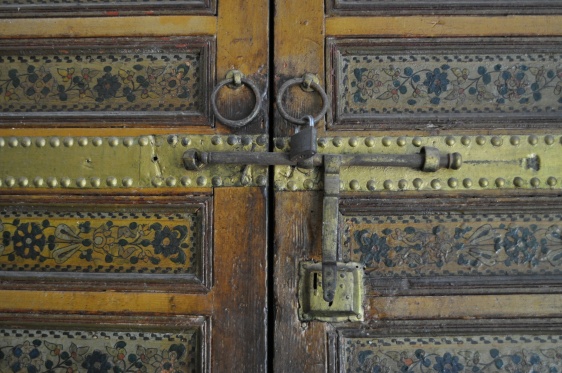This week I’ve been working my way through the text, revising what I wrote in the first draft, and incorporating feedback from Kate’s initial edit and from other people who’ve been kind enough to read bits of the manuscript and give me their honest opinion on what works and what doesn’t. Since I’m starting at the beginning, most of this material is stuff I wrote way back in January or February, so I’m checking that the material is consistent with what I’ve written more recently, making changes where necessary.
I’m also starting to think about the layout, now that the first draft is done, and the art I need. The whole book is going to be longer than I initially expected, likely around 120 pages which means I am going to have to put more interior art in than I planned. Given that my budget is limited, some of this will have to be stock art or out of copyright illustrations, but I am going to need to commission some new art too. I want to make sure I choose the right pictures to include, so have a question for you:
If you’re reading a city sourcebook, what kind of art do you find most useful or relevant ? Drawings of NPCs? Illustrations of important locations? Street scenes? Events from history? Let me know in the comments!
And if you are an artist who does black & white illustrations, feel free to get in touch!



Hey Rich,
clearly I am biased, so take what I say with a pinch of salt ;-). But a city book, or location gazeteer has to use art more than to break up walls of text. So its not just their to pretty it up. But it is there to show make the words come to life, to serve the manuscript. When I first read the 4e PHB and they were talking about Fallcrest the art (esp on page 201) really made the place come alive, in a way that enhanced what the map said. The map showed me what was there, the text told me what I needed to know, but the art, made it come alive. Smells, sounds, sights. That, for me is what art should do in a book like this.
Also if you are going to have to use stock art (which you can get fairly cheaply I must admit) likely you’re going to struggle to get a unified feel, unless you use only stock art or use art in sections or chapters, to tie them together.
Anyway glad its coming together. Sounds exciting.
Sj
LikeLike
Cheers Dave! It’s tricky. Hopefully the art I commission will serve to bring the words (and the city) to life. I’ll then need to select stock art very carefully that will fit with the overall look and feel of the book. Can you explain what you meant by this:
“Also if you are going to have to use stock art (which you can get fairly cheaply I must admit) likely you’re going to struggle to get a unified feel, unless you use only stock art or use art in sections or chapters, to tie them together. “
LikeLike
Sure. The art you’ve selected at the top of this blog as your banner, is one example of the sort of feel you want to evoke about the setting. Clearly not just the type of art, but the style, black n white, colour, medieval, renaissance, classic paintings or stock art all are sources that give a different feel. I know you wanted a unified feel through the book, but if you are forced to use additional sources of art, one way to create a unified feel is to use say, renaissance art (if you can find some with the right sort of content – but this is only an example) in the section on people of the city, for example. So at least the art is the same throughout that chapter. Then in a new chapter you go for something else. I appreciate doing this well, isn’t easy, but there is lots of free art you can use, its just a question of how you use it and what you can find.
Also I should have said, walls of text are off putting but don’t underestimate the value of good layout. You can break up a wall of text with great layout, not just art or maps.
Hope that makes it clearer. Its only a thought anyway ;-).
LikeLike
That makes a lot of sense – thanks Dave!
LikeLike
I agree, I love artwork in sourcebooks to show the important locations, the palace, the harbour, and the like. The players will also love a piece of art that shiows what their characters are seeing, I mean when a location is described we all see it in a slightly different way, but when a picture is shown, then all the characters see the same.
My answer is bigger pieces featuring locations and important NPCs, as well as everyday scenes, a marketplace and the like. Smaller pieces to break up the walls of text should be in the local artistic style, in this case Indian, Byzantine.
I will repeat myself from the Paizo boards, I am really looking forward to it.
LikeLike
Thanks @Buyman! I’ve ordered a couple of books from Dover that are copyright-free images from India and Turkey that I am hoping will do that job. I’m hoping to find some cool-looking page borders in there too.
LikeLike
and thanks for posting to the Paizo boards too 😉
LikeLike
There’s been some more interesting discussion about this over at The Piazza: http://www.thepiazza.org.uk/bb/viewtopic.php?f=85&t=10710&start=0
LikeLike